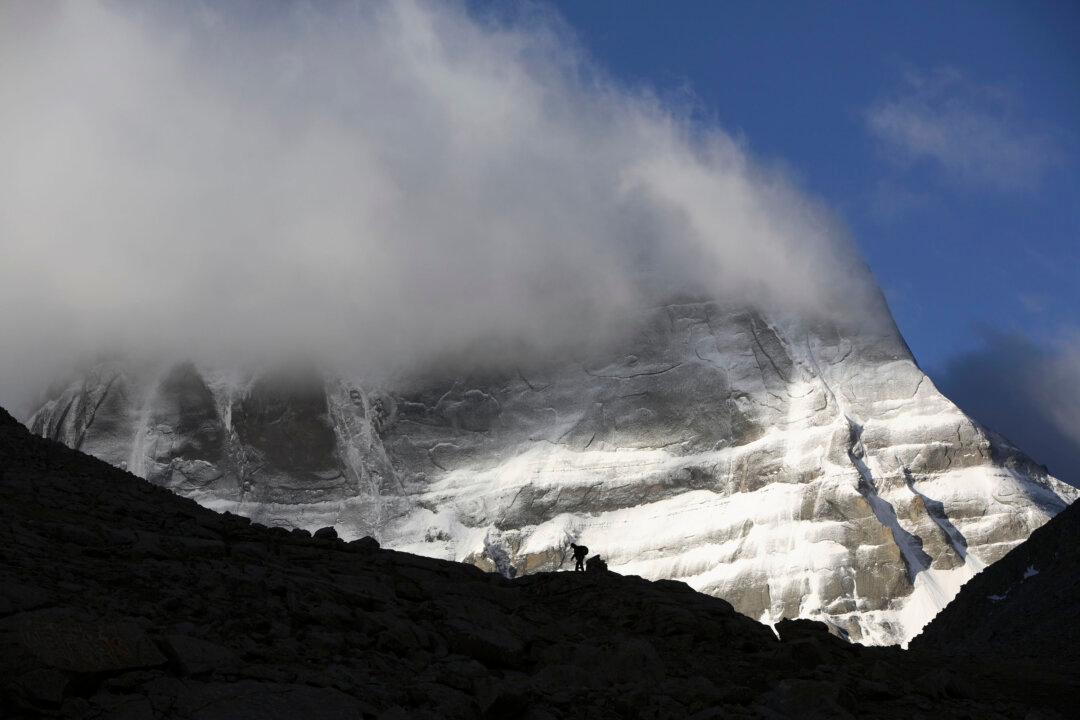The Chinese regime has set up a surface-to-air missile site on the banks of a sacred lake, according to Indian media, which claims the installation is a desecration of a religious site revered by hundreds of millions in India.
China started in April to build military infrastructure near a lake that’s part of the sacred Kailash-Mansarovar site. India Today reported on Aug. 22 that construction is complete, and the pilgrimage site resembles a “battle zone with heavy military presence.”





